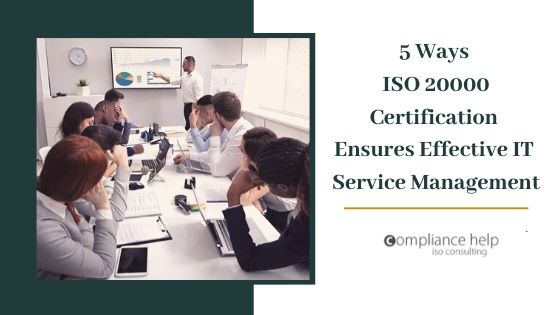5 Ways ISO 20000 Certification Ensures Effective IT Service Management

ISO 20000 certification helps businesses stand out by committing them to best practices and delivering improved IT services. By placing more of an emphasis on quality assurance services , this standard provides solutions to IT service management (ITSM) tasks and ensures the best practices are being used to deliver services efficiently. The implementation of ISO 20000 in IT organizations also builds employee confidence, encouraging them to perform well and deliver high-quality services. Organizations who are ISO 20000 certified have reported the following advantages: Increased client trust with services and products, Improved product and service quality , Reduced business risks. These inherent implementation benefits have assisted hundreds of businesses to improve their services and fulfill every client requirement. The following aspects have been explained by ISO 20000 consultants and show how businesses understand the effectiveness of IT service management.
